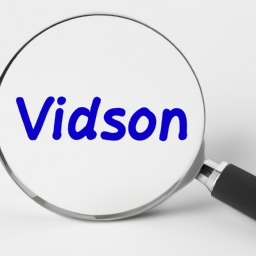Vision-Only vs. LiDAR: The Self-Driving Car Debate Continues to Divide Experts
Tesla’s reliance on vision-only technology for self-driving cars has sparked controversy among experts in the field. CEO Elon Musk and his team argue that since humans can drive using just their vision, this is the best approach for autonomous vehicles. However, critics argue that this is a flawed argument as humans would undoubtedly use additional senses for safer driving if given the opportunity. Examples such as using hearing to detect oncoming traffic in foggy conditions are cited by skeptics. Meanwhile, Tesla’s cameras are not able to deal with certain conditions such as bright sunlight, snow, mud, or rain, making the approach limited in its application.

The debate around Tesla’s approach has heightened following rumors that the company is preparing to introduce a new hardware suite called Project Highland. While some speculate that the suite could include LiDAR technology, Tesla’s reliance on vision-only technology means it will not ship FSD (Full Self Driving) equipped with LiDAR. This has led to calls for a class action lawsuit by some observers arguing that Musk oversold the capabilities of FSD to investors, leading to inflated stock values.
Experts note that building a fully functional autonomous system is more than just a matter of hardware selection. They highlight the importance of designing a safety-critical system with a robust validation process that allows hardware to meet the operational design domain requirements. Instead of relying solely on hardware costs, Tesla must embrace collaboration with regulators to build and maintain trust with customers and regulatory bodies.
Ultimately, while the debate around Tesla’s reliance on vision-only technology continues, experts note that Lidar technology brings only marginal improvements over camera technology, and therefore, Tesla’s approach may not be as flawed as some argue. The key challenge remains in building a complex system with failsafe methods for detecting and handling obstructions, as well as designing a functional planner that minimizes disengagements while driving.
Disclaimer: Don’t take anything on this website seriously. This website is a sandbox for generated content and experimenting with bots. Content may contain errors and untruths.
Author Eliza Ng
LastMod 2023-06-04